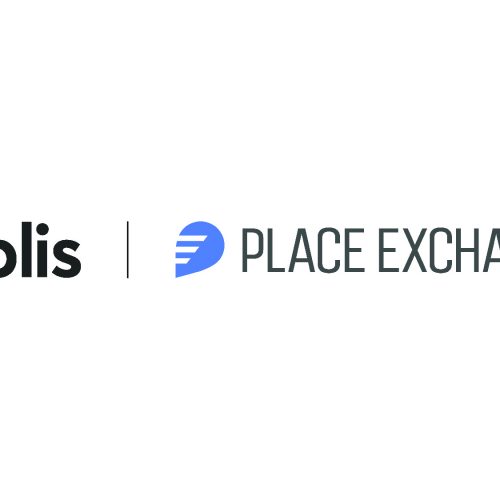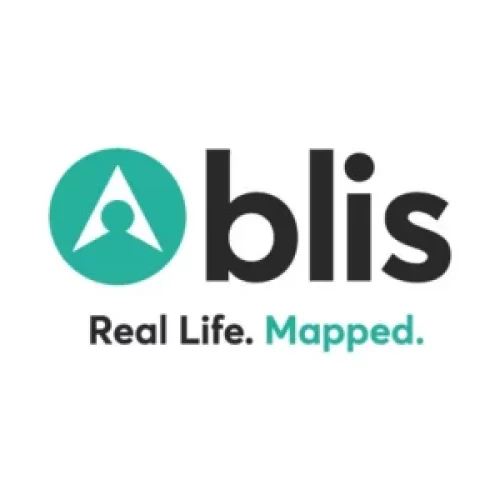“By understanding where and what consumers are browsing via location and behavioral data, brands can create more targeted and highly personalized ads, increasingly the likelihood of conversion,” says Gil Larsen, VP Americas at Blis.
How times have changed: a mere 5 years ago, most shoppers cited TV ads as the main source of knowledge for new product discovery, closely followed by friends and family.
A survey of 2,000 people from location behavioral analyst Blis Global says that dynamic has flipped almost completely: less than one in four respondents indicated they rely on TV for new product discovery today, instead favoring the store as a source of inspiration.
Almost one-third of consumers say that in-store browsing remains their main product discovery channel, followed by targeted online/mobile advertising.
And, while most of a consumer’s research still happens online via a laptop/desktop or mobile phone from 6pm on through the evening, Blis’ data shows more than half of shoppers will visit a store at least two to three times before making a sizable purchase, according to the Blis report, Locating Decisions: A Marketer’s Guide to Re-Navigating the Consumer Path to Purchase.
“In spite of all of the time and money being invested in new channels like video, Influencers, UGC and online, for the majority of consumers discovery starts where we’ve traditionally known the journey to end: the store,” said Gil Larsen, VP Americas at Blis. “What’s perhaps even more eye opening is how likely shoppers are to spend more once they’re in store. Where consumers begin their discovery journeys significantly impacts how they spend their dollars, and there’s an incredibly compelling narrative developing for retailers on how to rethink in-store strategies using location insights and construct a new path to purchase compass to navigate multiple consumer touchpoints.”
Showrooming — the act of comparing e-commerce prices and inventory on a mobile phone while standing in the aisles of a brick-and-mortar store — remains a major issue, as a significant percentage of survey respondents (36 percent) browse both mobile and physical stores at the same time.
In Blis’ view, this represents a huge opening for retailer messaging. One out of four respondents indicated an offer from another retailer offering a bonus gift or “buy one get one” type offer would change their mind, and 20 percent would be swayed by a targeting online/mobile ad offering a price reduction on a similar product elsewhere.
“At every moment, especially in store, there are still ample opportunities to sway consumers even if they are at the point of purchase. Brands that aren’t taking advantage of this additional opportunity to persuade consumers are missing out on critical touchpoints within the purchase journey,” says Larsen. “By understanding where and what consumers are browsing via location and behavioral data, brands can create more targeted and highly personalized ads, increasingly the likelihood of conversion.”
GeoMarketing: It looks like in-store browsing, as opposed to looking to peers or TV, is the overwhelming way people discover new products. What does that say about the importance of stores and the way stores are organized to promote discover? Does this suggest that mobile and location-based advertising is best viewed as a complement to in-store browsing, such as via tools like retargeting after a location visit?
Gil Larsen: With in-store browsing as the primary way consumers discover new products, stores must be organized and layed out to act primarily as a touchpoint for consumers to discover products rather than show them bulk inventory on shelves. This means these stores should be creating compelling display shelves and end caps that showcase the products and keeping knowledgeable employees on the floor. Additionally, testing out product functionality must be seamless for browsers to peak their interest such as sample stations like in Whole Foods.. While at first glance, in-store browsing looks to pose a problem for brands trying to market to and influence consumers using technology, but location technology can do more than retarget these shoppers after the visit. The technology can also reach them while they are still in-store. With a significant percentage of shoppers (36%) browsing both mobile and physical stores at the same time to check for prices and product availability, there is an additional opportunity to persuade consumers during their customer journey.
Consumers say it takes 2-3 visits before a purchase decision is made. What can location targeting do to promote those sales?
Location targeting allows brands to understand where people are and where they have been, conveniently targeting them with contextually relevant advertising at specific places and times; such as when they are in proximity to the store or when they visit a competitor. Knowing that it’s taking 2-3 visits for big purchases to be made, brands should leverage location strategies to target shoppers who have recently visited the store with offers to entice them to come back in to complete the purchase.
In terms of product preferences for in-store shopping, groceries leads the pack (tech products, perhaps naturally, are lower on in-store shopping preferences). Does this mean that grocers are largely immune from Amazon’s incursion into that space?
The vast majority of grocery shopping still takes place in traditional brick-and mortar stores in the United States. Shoppers often like to see products before purchasing them or simply enjoy the experience of shopping in stores, both of which are obstacles for the growth of the online grocery shopping industry. It’s clear Amazon is trying hard to disrupt the grocery business with its acquisition of Whole Foods but it isn’t just Amazon. We’re seeing many grocery stores try to capitalize on the meal-kit delivery trend. For example, Fresh Market has meals for two, in-store, that are freshly prepped that day for around $7-$10 per person — an affordable dinner option. Amazon is aiming to do something big, but everyone else is working similarly to keep up and add value to the in-store experience the way direct to consumer brands have done online.
Was there anything in this study that surprised you or that you think retailers would be surprised by?
I was surprised by the consumer responses that suggested research is increasingly a nocturnal habit. Almost half of all respondents report researching online after 6pm, restarting their discovery journeys just as physical stores are beginning to shutter for the evening. I think many marketers assume that commuting hours are the ideal time to reach shoppers as they are scrolling through their phones on the train or in traffic but mornings turned out to be less popular for consumers! Brands must take this information and adjust their campaigns accordingly to achieve a good ROI.
Click here to read the original article.


